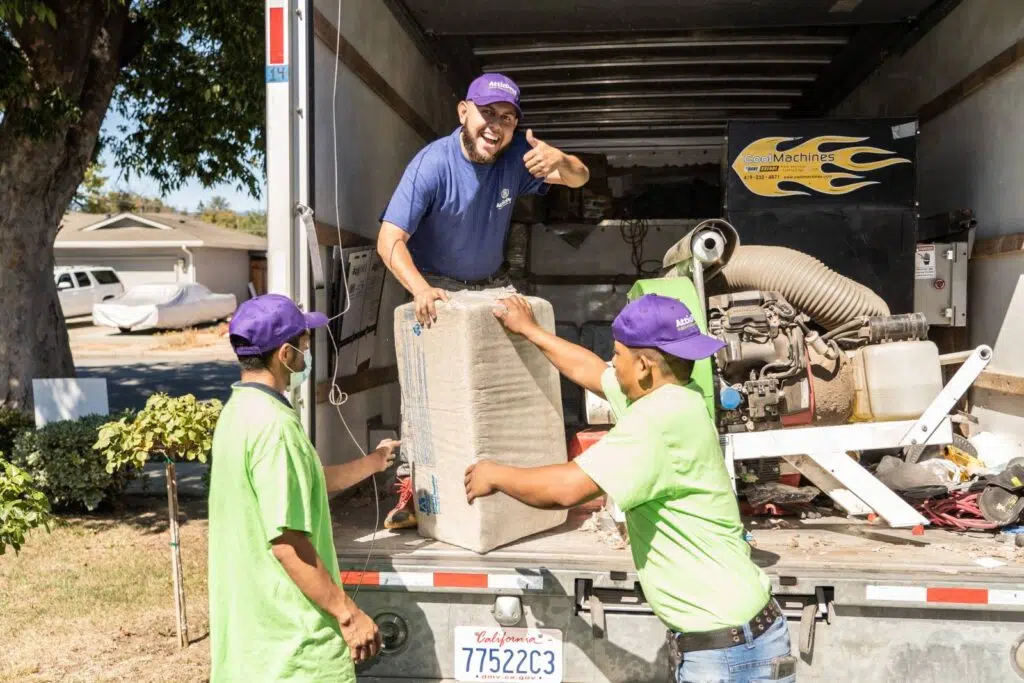Rodents in the Crawl Space? Here’s What You’re Missing
If you’re dealing with a rodent infestation, it may not be about what you can see—but what you’ve missed underneath. Crawl spaces and basement floors are often the first areas affected by common problems like moisture buildup, poor drainage, and lack of proper sealing.
Rats and mice don’t need an invitation—they just need the right conditions. That’s why understanding how to prevent water, control vapor diffusion, and upgrade your crawl space to meet building code can make all the difference in stopping pests before they move in.
What Leads to Rodent Activity?
Rodents are drawn to areas with:
- Excess humidity
- Unsealed openings
- Inexpensive or deteriorating building materials
- Poor drainage systems
- No vapor barriers
Even in a cold climate, the warm side of crawl spaces can create condensation that attracts pests. Rats and mice then chew through insulation and wiring, risking damage and fire hazards.
Solving Crawl Space Moisture with the Right Tools
Moisture isn’t just uncomfortable—it’s the foundation of infestations. Here’s how to block it before rodents get in:
✅ Install Proper Vapor Barriers
The vapor barrier is to retard the migration of water vapor, especially from soil into structural wood and insulation. In compliance with code, materials rated at 0.1 perm or less are considered effective vapor diffusion retarders. Options include:
- Polyethylene sheets
- Bitumen coated kraft paper
- Climate vapor barriers in cold or mixed zones
- Semi permeable options for controlled airflow
Using the correct type—based on your building code and local environment—is a good idea for moisture and energy efficient performance.
✅ Add a Sump Pump
If your crawl space or basement collects water, a sump pump is a must. Modern submersible sump pumps with a float switch can automatically remove standing water. This not only improves air quality but reduces the conditions that promote rodent activity.
✅ Air Seal and Upgrade Building Materials
Use caulk, foam, and durable sheathing like gypsum board to block access and reinforce weak spots. A properly sealed crawl space or basement also supports pest control efforts by removing the easy access rodents rely on.
Why This Isn’t Just About Pests
Pests are a symptom. The real issue is that most crawl spaces and basements are built without long-term protection in mind. Small upgrades can bring major benefits, including:
- Lower energy bills from improved insulation
- Better air quality
- Reduced mold and mildew
- No more rodents scratching in the walls
And when you cut off the moisture, you cut off the pests.
Call a Professional for Code-Compliant Upgrades
Not sure what kind of vapor barrier or sump pump fits your space? A contractor experienced in building code compliance, pest control, and crawl space retrofitting can help. Look for someone who offers:
- Proper barrier installation with climate-specific materials
- Foundation and basement floor inspection
- Moisture monitoring and waterproofing
- Rodent exclusion services
Final Thoughts
Moisture doesn’t just sit—it spreads. And where there’s water, pests follow. From choosing the right vapor barriers to installing a reliable sump pump, controlling moisture in your crawl space is the first step to eliminating rodent infestations for good.
With modern building materials, eco-friendly strategies, and a focus on long-term prevention, you can defend your home from below—without poison, panic, or surprise infestations.
🌱 Protect your home where it matters most. Start with moisture. End with peace of mind. 🌱

